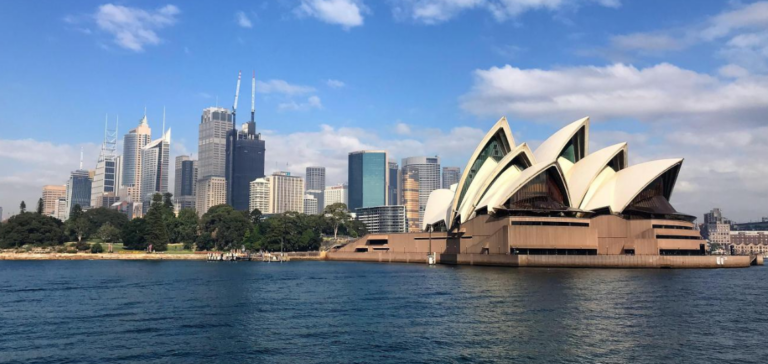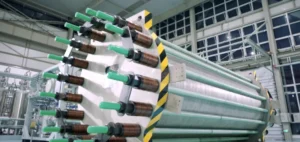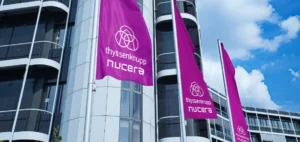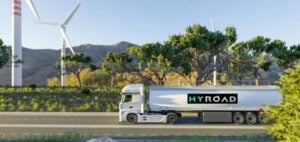Western Australia, renowned for its heavy industry, is embarking on an ambitious energy transition. The government announces an investment of A$134 million (US$86.77 million) to reduce greenhouse gas emissions and develop new clean energy industries, including renewable hydrogen. Indeed, this initiative is part of a broader strategy to achieve carbon neutrality by 2050.
Investments in Clean Energy and Renewable Hydrogen
Sectoral Emission Reduction Strategies (SERS) are developed in collaboration with the various sectors, laying the foundations for a transition to a clean, affordable and reliable energy future. Bill Johnston, Minister for Mines and Petroleum, Energy, Hydrogen Industry and Industrial Relations, outlines the challenges and opportunities associated with this transformation, aimed at positioning Western Australia as a global green energy superpower.
Supporting Innovations for Carbon Neutrality
The government is allocating A$60 million to stimulate investment in new energy projects via an investment attraction fund. In addition, these projects cover the processing of critical minerals and batteries, renewable hydrogen, advanced manufacturing of wind and solar components, and carbon capture, utilization and storage projects.
Horizon Power and the Future of Renewable Energy
In addition, the state will invest A$74 million to support its carbon neutral ambitions, in line with the SERS process launched in 2021. This fund is designed to support innovative projects that reduce government emissions. In addition, Horizon Power will invest around A$31 million to provide clean, reliable and affordable energy across the state.
Sector Strategies and Global Emissions Reduction
Horizon Power, energy supplier to remote and rural areas of Western Australia, is conducting a hydrogen demonstration project to evaluate the use of renewable hydrogen in base load power generation in an isolated microgrid in Denham, a coastal town.
The State Government also mentioned that the final SERS will include emission reduction opportunities for all sectors of the Western Australian economy, including electricity, industry, transport, agriculture, land use, buildings and waste.
Western Australia’s initiative illustrates a significant commitment to the energy transition and the reduction of greenhouse gas emissions. Indeed, by investing in clean energy technologies and working closely with various sectors.






















